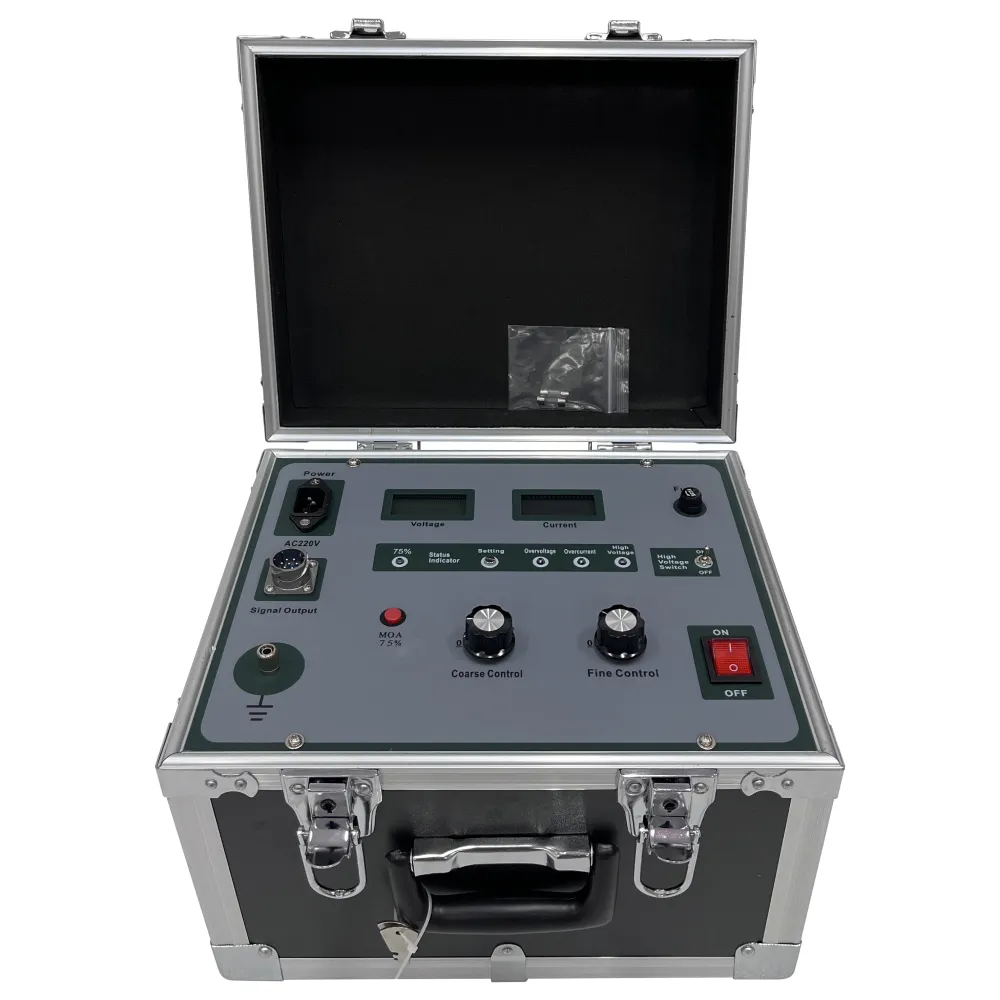TEL:
+86-0312-3189593
 English
English

Telephone:0312-3189593

Email:sales@oil-tester.com

-
 Afrikaans
Afrikaans -
 Albanian
Albanian -
 Amharic
Amharic -
 Arabic
Arabic -
 Armenian
Armenian -
 Azerbaijani
Azerbaijani -
 Basque
Basque -
 Belarusian
Belarusian -
 Bengali
Bengali -
 Bosnian
Bosnian -
 Bulgarian
Bulgarian -
 Catalan
Catalan -
 Cebuano
Cebuano -
 China
China -
 China (Taiwan)
China (Taiwan) -
 Corsican
Corsican -
 Croatian
Croatian -
 Czech
Czech -
 Danish
Danish -
 Dutch
Dutch -
 English
English -
 Esperanto
Esperanto -
 Estonian
Estonian -
 Finnish
Finnish -
 French
French -
 Frisian
Frisian -
 Galician
Galician -
 Georgian
Georgian -
 German
German -
 Greek
Greek -
 Gujarati
Gujarati -
 Haitian Creole
Haitian Creole -
 hausa
hausa -
 hawaiian
hawaiian -
 Hebrew
Hebrew -
 Hindi
Hindi -
 Miao
Miao -
 Hungarian
Hungarian -
 Icelandic
Icelandic -
 igbo
igbo -
 Indonesian
Indonesian -
 irish
irish -
 Italian
Italian -
 Japanese
Japanese -
 Javanese
Javanese -
 Kannada
Kannada -
 kazakh
kazakh -
 Khmer
Khmer -
 Rwandese
Rwandese -
 Korean
Korean -
 Kurdish
Kurdish -
 Kyrgyz
Kyrgyz -
 Lao
Lao -
 Latin
Latin -
 Latvian
Latvian -
 Lithuanian
Lithuanian -
 Luxembourgish
Luxembourgish -
 Macedonian
Macedonian -
 Malgashi
Malgashi -
 Malay
Malay -
 Malayalam
Malayalam -
 Maltese
Maltese -
 Maori
Maori -
 Marathi
Marathi -
 Mongolian
Mongolian -
 Myanmar
Myanmar -
 Nepali
Nepali -
 Norwegian
Norwegian -
 Norwegian
Norwegian -
 Occitan
Occitan -
 Pashto
Pashto -
 Persian
Persian -
 Polish
Polish -
 Portuguese
Portuguese -
 Punjabi
Punjabi -
 Romanian
Romanian -
 Russian
Russian -
 Samoan
Samoan -
 Scottish Gaelic
Scottish Gaelic -
 Serbian
Serbian -
 Sesotho
Sesotho -
 Shona
Shona -
 Sindhi
Sindhi -
 Sinhala
Sinhala -
 Slovak
Slovak -
 Slovenian
Slovenian -
 Somali
Somali -
 Spanish
Spanish -
 Sundanese
Sundanese -
 Swahili
Swahili -
 Swedish
Swedish -
 Tagalog
Tagalog -
 Tajik
Tajik -
 Tamil
Tamil -
 Tatar
Tatar -
 Telugu
Telugu -
 Thai
Thai -
 Turkish
Turkish -
 Turkmen
Turkmen -
 Ukrainian
Ukrainian -
 Urdu
Urdu -
 Uighur
Uighur -
 Uzbek
Uzbek -
 Vietnamese
Vietnamese -
 Welsh
Welsh -
 Bantu
Bantu -
 Yiddish
Yiddish -
 Yoruba
Yoruba -
 Zulu
Zulu
फरवरी . 14, 2025 12:20
Back to list
transformer earthing test
Transformer earthing tests are crucial for ensuring the safety, reliability, and efficiency of electrical power systems. A proper grounding system can protect both equipment and personnel from electrical faults. Using best practices and advanced equipment ensures that your transformer earthing system meets industry standards and operates optimally.
For large and complex systems, it may be advantageous to use ground impedance measurement techniques. These techniques can assess the grounding performance under various fault conditions and ensure the entire system is adequately protected. Understanding and executing a comprehensive transformer earthing test requires a deep expertise in both theoretical and practical aspects of electrical engineering. This involves not only rigorous training but also a profound understanding of the local geological and electrical conditions that might influence earthing effectiveness. Authoritative figures and organizations in the industry, such as certified electrical engineers and reputable bodies like the Electrical Safety Foundation International, can provide invaluable resources and guidelines for effective testing procedures. Trustworthy brands, which consistently provide high-quality testing equipment, are crucial partners in meeting the necessary standards of transformer earthing. Accuracy, reliability, and safety remain the pillars of any successful earthing test. The capacity to detect, diagnose, and resolve issues quickly can prevent costly damages and ensure seamless power delivery, which is crucial in fields such as power generation, manufacturing, and telecommunications. In summary, ensuring a robust transformer earthing system involves a combination of expert knowledge, proper techniques, and advanced technology. Professionals who continuously update their skills and follow best practices can confidently maintain and enhance the safety and effectiveness of electrical power systems. Regular transformer earthing testing is an indispensable part of sustaining reliable energy infrastructure across industries.


For large and complex systems, it may be advantageous to use ground impedance measurement techniques. These techniques can assess the grounding performance under various fault conditions and ensure the entire system is adequately protected. Understanding and executing a comprehensive transformer earthing test requires a deep expertise in both theoretical and practical aspects of electrical engineering. This involves not only rigorous training but also a profound understanding of the local geological and electrical conditions that might influence earthing effectiveness. Authoritative figures and organizations in the industry, such as certified electrical engineers and reputable bodies like the Electrical Safety Foundation International, can provide invaluable resources and guidelines for effective testing procedures. Trustworthy brands, which consistently provide high-quality testing equipment, are crucial partners in meeting the necessary standards of transformer earthing. Accuracy, reliability, and safety remain the pillars of any successful earthing test. The capacity to detect, diagnose, and resolve issues quickly can prevent costly damages and ensure seamless power delivery, which is crucial in fields such as power generation, manufacturing, and telecommunications. In summary, ensuring a robust transformer earthing system involves a combination of expert knowledge, proper techniques, and advanced technology. Professionals who continuously update their skills and follow best practices can confidently maintain and enhance the safety and effectiveness of electrical power systems. Regular transformer earthing testing is an indispensable part of sustaining reliable energy infrastructure across industries.
Previous:
Latest news
-
Testing Equipment Industry Sees Major Advancements in 2025: Smart & Precision Technologies Lead the WayNewsJun.06,2025
-
Applications of Direct Current Generators in Renewable Energy SystemsNewsJun.05,2025
-
Hipot Tester Calibration and Accuracy GuidelinesNewsJun.05,2025
-
Digital Circuit Breaker Analyzer Features and BenefitsNewsJun.05,2025
-
Benefits of Real-Time Power Quality Monitoring Devices for Industrial EfficiencyNewsJun.05,2025
-
Earth Fault Loop Testing in High-Rise Building Electrical SystemsNewsJun.05,2025



